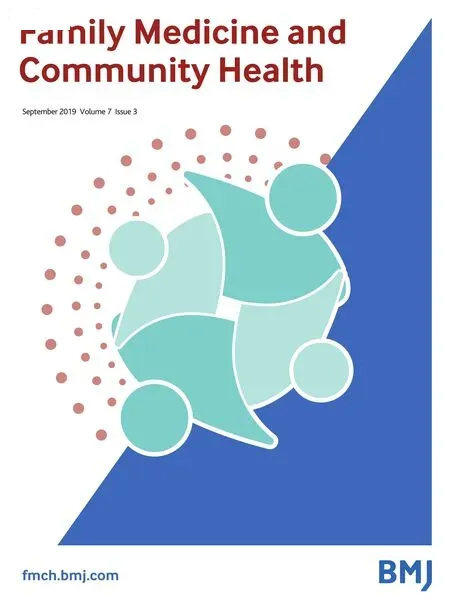Female-to-male sexual transmssion of Zika virus infection
Dear Editor,
We read the publication on ‘The challenge given by Zika virus’ with a great interest.1Rodriguez and Sebastian mentioned that ‘No sexual transmission of Zika virus from infected women to their partners and from infected people without symptoms has been reported’.1Indeed, sexual transmission is a possible mode of Zika virus transmission.2Either homosexual or heterosexual contact might be the starting point of pathogenic virus transmission.3Regarding female-to-male sexual transmission of Zika virus, there are some reports on this problem. Davidson et al first reported a suspected female-to-male sexual transmission of Zika Virus from New York city in 2016.4This case report had several laboratory evidences showing the possibility of disease transmission.4After that,there are many reports on this issue.5As noted by Sherley and Ong, ‘Unusually for a mosquito-borne virus, sexual spread has also been reported; with cases of male-to-female, female-tomale and male-to-male sexual transmission all now published in the scientific literature’.5According to the summative analysis by Moreira et al on sexual transmission of Zika virus, female-to-male transmission is detected in 3.7%.6Nevertheless, the common difficulty for diagnosis of a male-to-female or female-to-male sexual transmission of Zika virus is the ruling out of the chance of mosquito transmission, mosquito bite, of the two partners.7The diagnosis requires both clinical epidemiological molecular laboratory investigations for final confirmation.7
Beuy Joob,1Viroj Wiwanitkit2
1Sanitation 1, Medical Academic Center, Bangkok,Thailand
2Department of Community Medicine, Dr DY Patil Vidyapeeth University, Pune, India
Correspondence toDr Beuy Joob;beuyjoob@ hotmail. com
ContributorsBoth authors have contributed equally.
FundingThe authors have not declared a specific grant for this research from any funding agency in the public, commercial or not-for-profit sectors.
Competing interestsNone declared.
Patient consent for publicationNot required.
Provenance and peer reviewNot commissioned;internally peer reviewed.
Open accessThis is an open access article distributed in accordance with the Creative Commons Attribution Non Commercial (CC BY-NC 4.0) license,which permits others to distribute, remix, adapt, build upon this work non-commercially, and license their derivative works on different terms, provided the original work is properly cited, appropriate credit is given, any changes made indicated, and the use is non-commercial. See: http:// creativecommons. org/licenses/ by- nc/ 4. 0/.
? Author(s) (or their employer(s)) 2019. Re-use permitted under CC BY-NC. No commercial re-use. See rights and permissions. Published by BMJ.

To citeJoob B, Wiwanitkit V. Fam Med Com Health 2019;7:e000183.
Received 25 May 2019
Revised 12 June 2019
Accepted 17 June 2019
Published Online First 8 July 2019
Fam Med Com Health 2019;7:e000183.doi:10.1136/fmch-2019-000183
ORCID iDBeuy Joob http:// orcid. org/ 0000- 0002- 5281- 0369
 Family Medicine and Community Health2019年3期
Family Medicine and Community Health2019年3期
- Family Medicine and Community Health的其它文章
- Response to letter by Zhijie Xu: Why should mixed methods matter to primary care physicians a n d other providers?
- Response to letter by Lingping Zhu: Small ‘r’research as big ‘R’research in general practice
- Response to letters by M.Jawad Hashim and Chuan Zou: Advancing curriculum development and medical education research
- The potential contribution of mixed methods research to primary care
- Some comments on general research methodology
- Transforming a medical curriculum development into an education research
